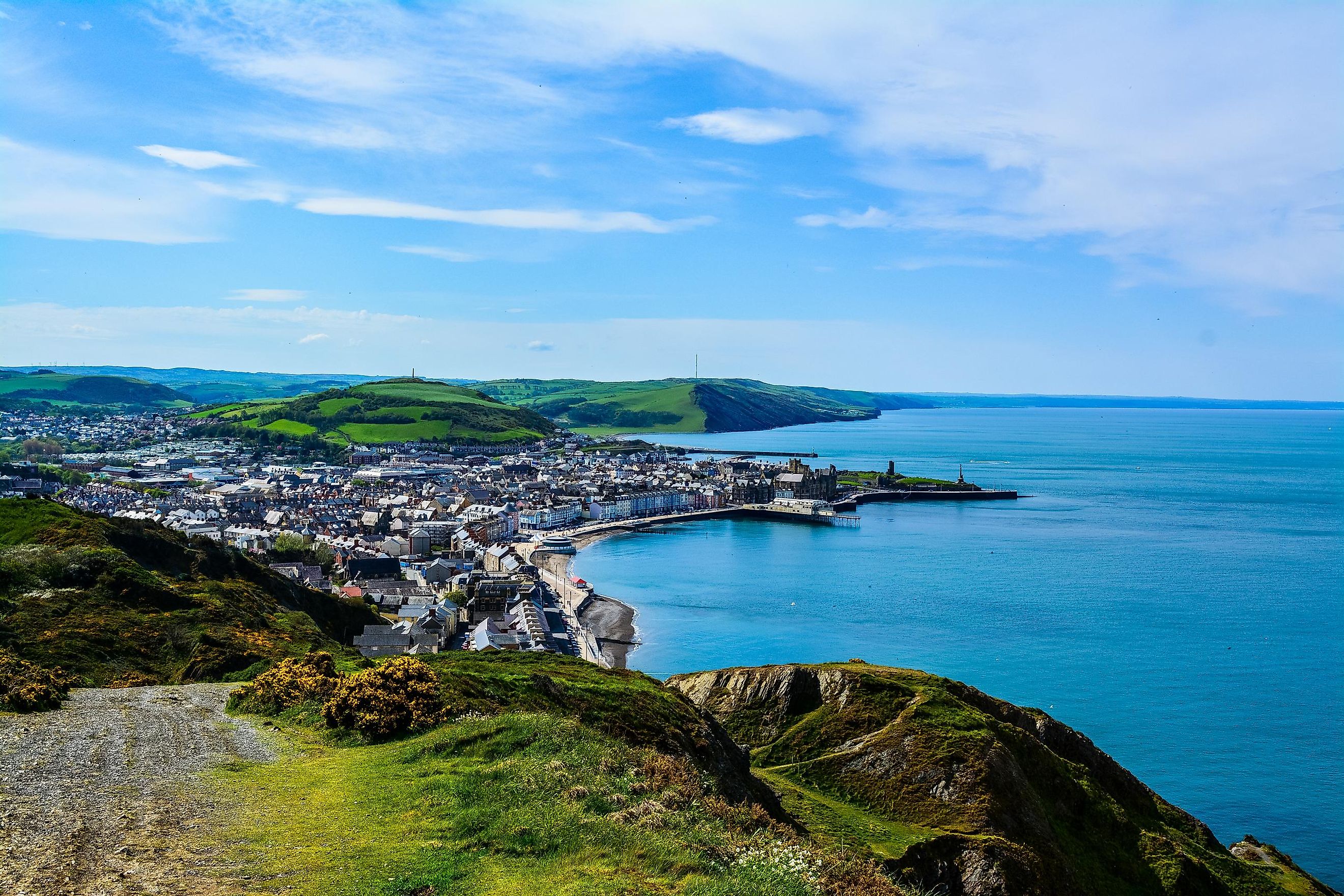
Cardigan Bay
Legend says a powerful king once ruled over the fertile surrounding lands of Cardigan Bay a long time ago. His kingdom sat on the edge of the Irish Sea and was protected from storms by massive sea gates. One fateful night, the gatekeeper attended a party given by the king and neglected to close the gates. At the same time, a storm brewing in the south of Wales caused the sea to flood the kingdom, destroying 16 villages. According to Welsh folk legend, you can hear the lost city's bells faintly ringing from far below the bay's surface when it is quiet out. Or you may catch a single glimpse of a submerged forest when the tide is out.
Cardigan Bay Location
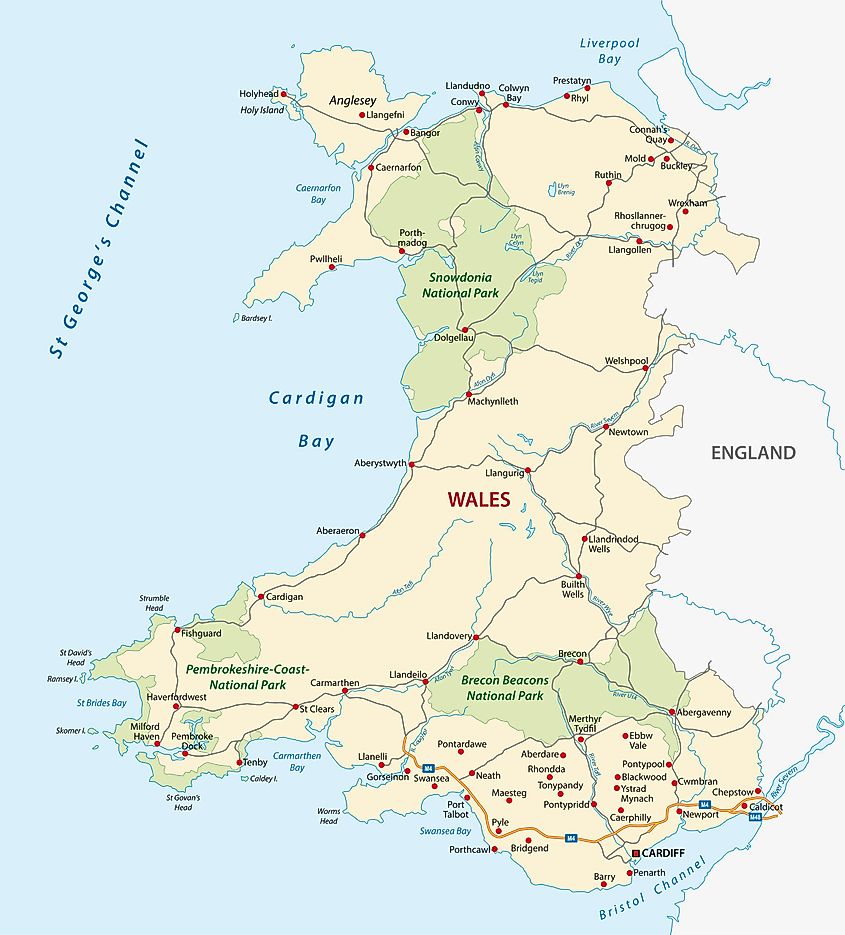
In reality, the stunning waters of Cardigan Bay gently spill over onto the Wales coastline, indenting the stretch between Bardsey Island and Strumble Head. This Irish Sea inlet is the largest bay in Wales at around 105 kilometers from the south-southwest to the north-northeast. The bay also forms a natural divide that links the Lleyn Peninsula to Pembrokeshire from north to south.
Taking on an arc form, Cardigan Bay runs along the west coast of Wales. The wide berth of the bay consists of smaller bays along the headlands of the Lleyn Peninsula and Pembrokeshire. The entire bay is visible when traveling along the Ceredigion Coast Path, with views on a clear day extending to Snowdonia and Bardsey Island.
Cardigan Bay Climate
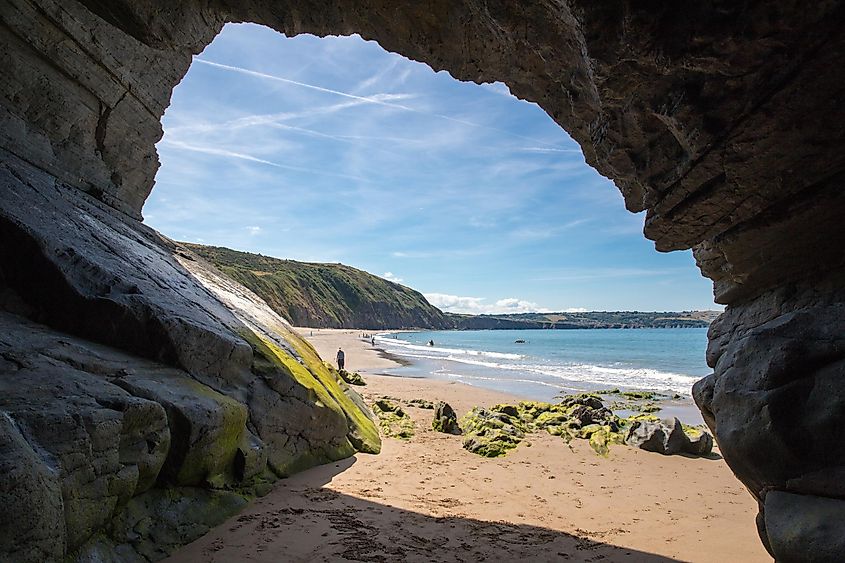
The Irish Sea influences the climate in Cardigan Bay, and the area enjoys mild winters. These moderate temperatures help wildlife survive until spring comes back around. When summer arrives, the heat turns up, but it stays cool enough for tourists to flock here on holiday. Additionally, consistent annual rainfall allows the coastal region to sprout lush and green throughout all the seasons.
The nearshore temperatures in the bay often vary by several degrees and are affected by weather. For example, strong wind gusts can whip the colder water to the surface, cooling the water temperature. Heavy rain also affects the sea and surface temperature here.
Islands in Cardigan Bay
Cardigan Bay is island-free, but the surrounding Irish Sea has several islands that help balance the ecosystem. But apparently, this doesn't mean that Cardigan Bay never had its own islands. In 2022, a professor at Swansea University discovered two previously unidentified islands on the 13-14th century Gough Map. The map, one of the oldest in Britain, clearly indicates an offshore island between Aberystwyth and Aberdyfi, while the other lies up north near Barmouth. Some even believe that this discovery proves the story of the mythical Welsh Atlantis is rooted in fact and that the island lies forgotten below the water's surface.
Marine Wildlife In Cardigan Bay
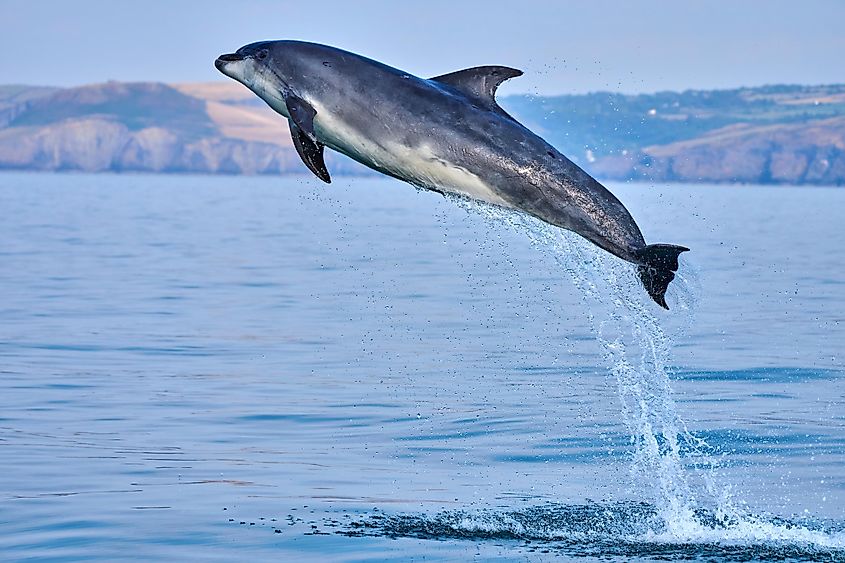
Cardigan Bay is home to a variety of marine wildlife, including playful bottlenose dolphins. These beautiful sea creatures visit the New Quay harbor all year round, with almost guaranteed sightings between April and November. Atlantic grey seals and harbor porpoises also love the waters here, while a variety of beautiful birds populate the skies overhead.
The History of Cardigan Bay
The region surrounding Cardigan Bay was inhabited during prehistoric times. Ancient ruins still stand here in the form of stone circles and burial chambers. When Rome annexed Britain, Cardigan Bay became a strategic location, but evidence of Roman infrastructure directly on the bay is scant.
During the Middle Ages, the towns in the bay participated in trade and politics. The town of Cardigan and its magnificent castle became a primary stronghold during the Welsh wars. In the 18th and 19th centuries, the bay became the center of maritime-related activities. Aberystwyth and Cardigan were ports for wool trade and shipping. The bay region also experienced an increase in shipbuilding activities.
When the 20th century arrived, the economic activities shifted to tourism. The marine life and natural beauty of Cardigan Bay transformed it into a booming tourist destination. Today, Cardigan Bay continues to draw tourists, but at the same time, efforts have increased to protect sensitive ecosystems. Several regions within the bay have been named Special Areas of Conservation to protect the local bottlenose dolphin and grey seal populations.
Human Settlements In Cardigan Bay
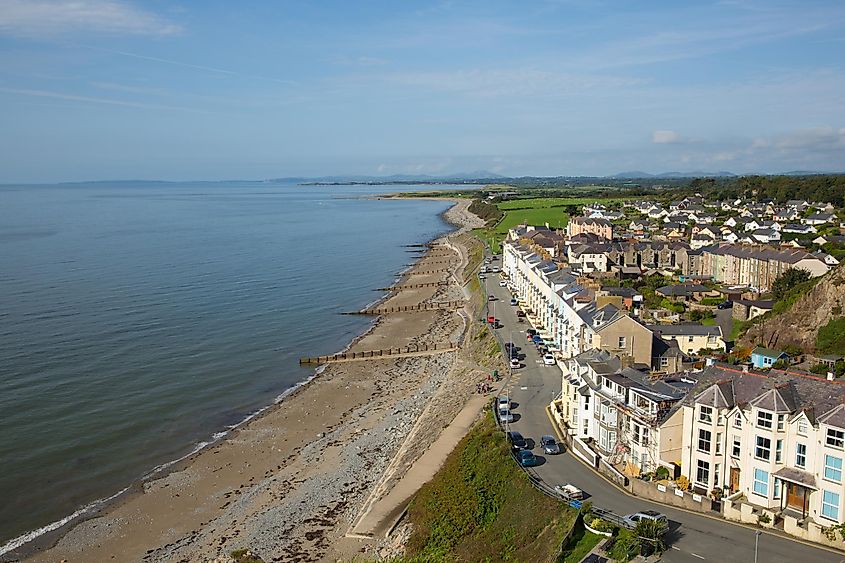
Several small towns and fishing hamlets are scattered along the coastline of Cardigan Bay. These charming settlements offer a fascinating look into Welsh culture and tradition. As time passed, these communities went from living off the sea and the land to depending on ongoing tourism. Towns and resorts include Fishguard, Borth, Barmouth, Pwllheli, Aberaeron, and Aberystwyth.
Cardigan Bay Economy
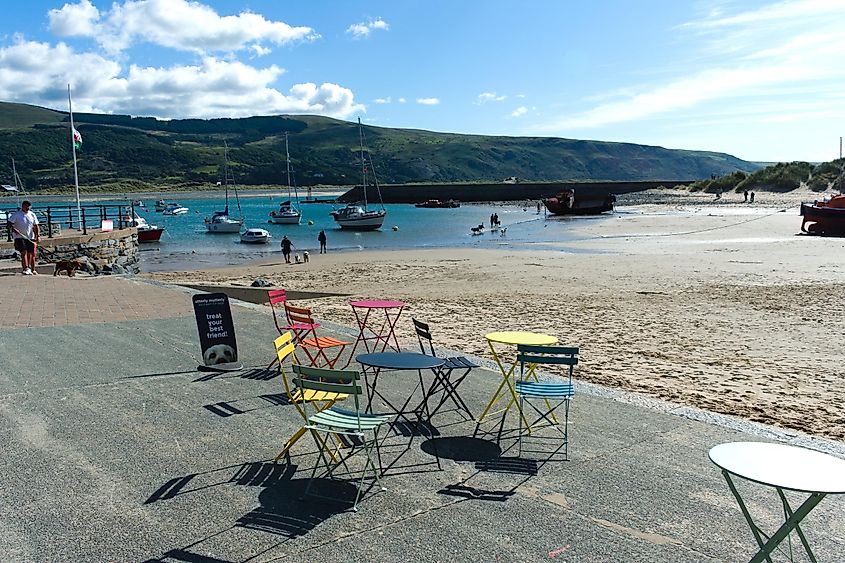
The rise in local and international visitor numbers in Cardigan Bay is driving the economy upward. The bay provides an excellent vantage point to watch dolphins playing in the surf, contributing to its popularity. Cardigan Bay is so much more than just another place to swim or take a walk on the beach. It's a place where legend and reality collide to create a gorgeous haven away from busy cities and lives. Cardigan Bay truly gives new meaning to the phrase 'mosaic of experiences' and it does so in the best way possible.











